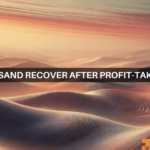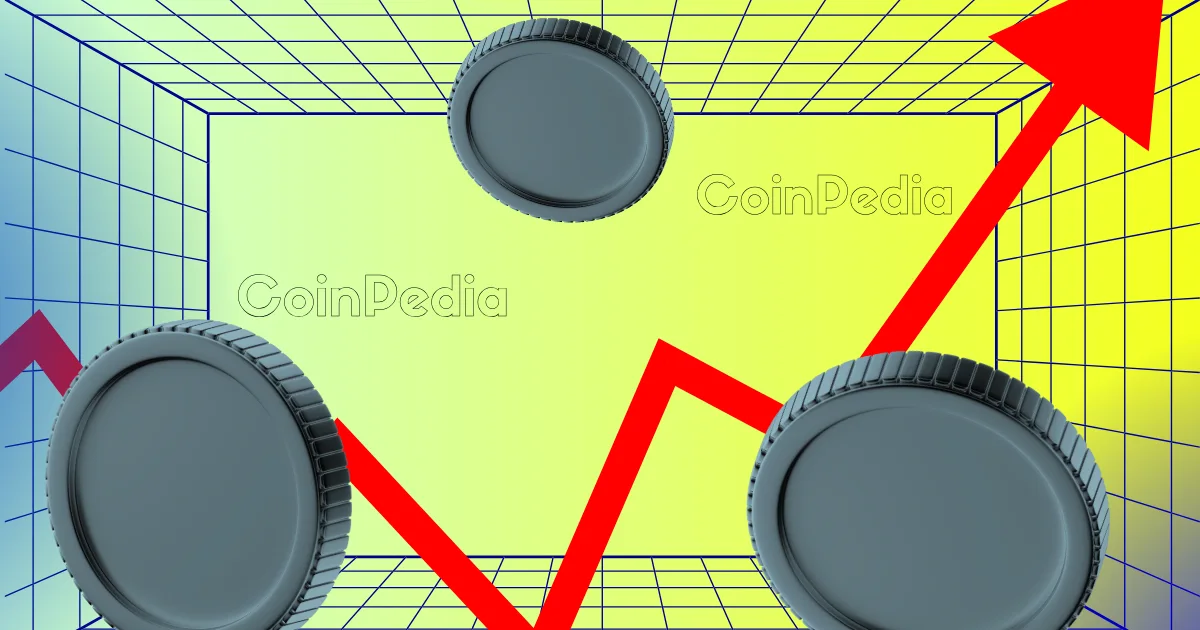
Polkadot (DOT) demonstrates the potential to achieve a value of $32, despite recent market volatility. Historical support zones and technical indicators suggest that DOT could initiate a rally towards this target. Increasing investor confidence further indicates that Polkadot could achieve new highs over the long term.
Polkadot Displays Encouraging Trends
Despite a recent daily decline of 4.35% and a weekly decrease of 0.23%, Polkadot is showing encouraging signals. Currently sitting at a critical support level, DOT has the potential to ascend to $32. The $4.001 level is historically recognized as a strong support area characterized by high buying pressure. Access COINTURK FINANCE to get the latest financial and business news.
What Could Influence Polkadot’s Rise?
The falling wedge pattern observed at this support level is often seen as an indicator of an imminent price rise. If DOT maintains this level and surpasses the upper boundary of this formation, the key long-term targets are $11.810, $23.850, and $32.780. Conversely, if the support fails, DOT might dip to new lows below $2.
Key Takeaways for Investors
Here are crucial insights for investors:
- Polkadot’s current support level at $4.001 is historically strong, indicating potential upward momentum.
- Technical tools like Bollinger Bands and Chaikin Money Flow suggest market conditions favor a price increase.
- A significant withdrawal of 2.83 million DOT from exchanges signals growing investor confidence.
- Surpassing the $11.810, $23.850, and $32.780 price levels could pave the way for substantial gains.
Overall, current indicators point to a positive market outlook for DOT. While reaching the $32 target is challenging, Polkadot’s potential towards this goal encourages investors. In a period of uncertainty in the cryptocurrency world, many expect Polkadot to make a strong breakout.
Disclaimer: The information contained in this article does not constitute investment advice. Investors should be aware that cryptocurrencies carry high volatility and therefore risk, and should conduct their own research.










